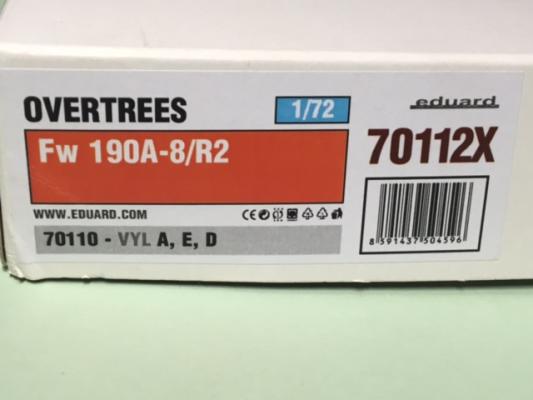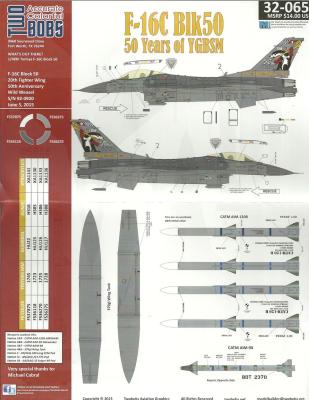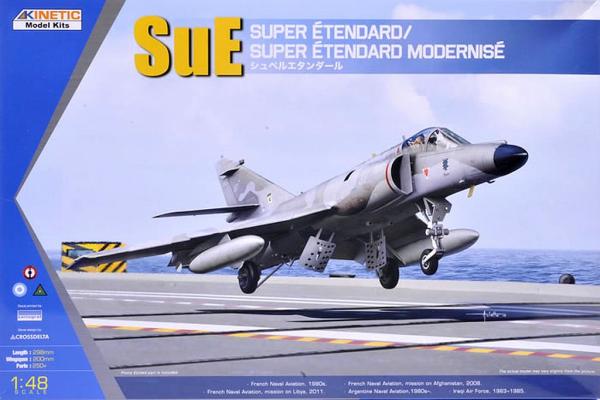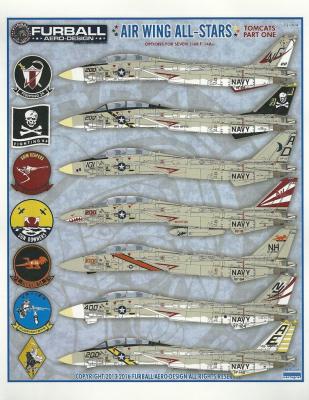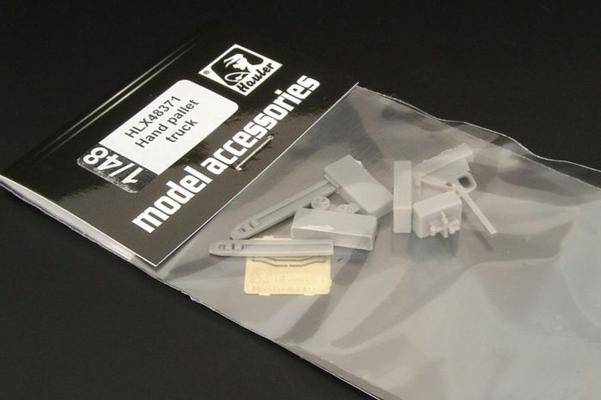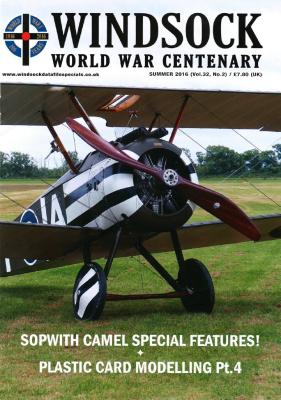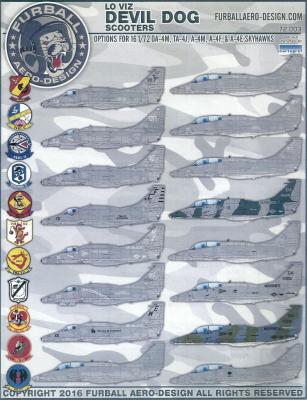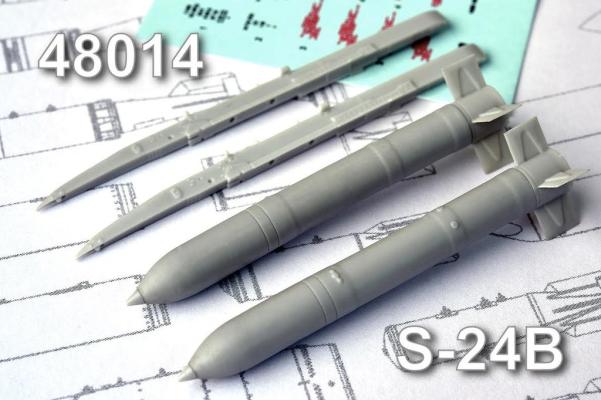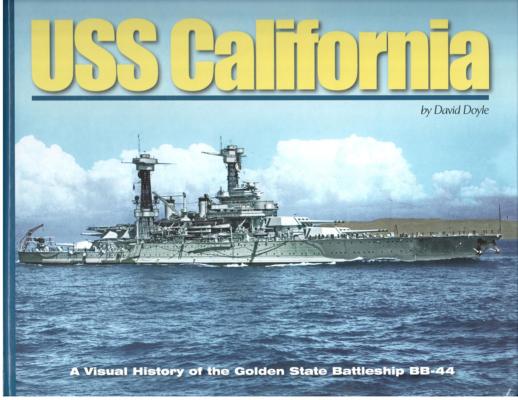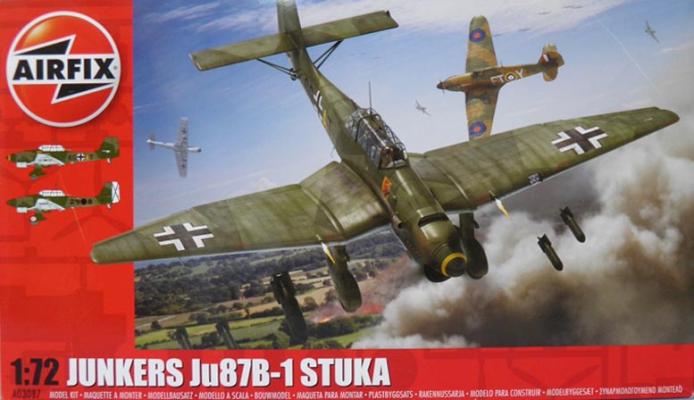The third kit in Eduard’s FW 190A-8 series is the Fw 190A-8/R2 “Sturmbock” variant. As the American daylight bombing raids became larger and more frequent the Luftwaffe searched for ways to increase the effectiveness of their daytime fighters in bringing down the B-24s and B-17s without drastically increasing their vulnerability to American escort fighters. Focke Wulf’s solution was to add additional armor to key areas of the Fw 190 and to up-gun it. The result was the Fw 190A-8/R2 which had extra armor around the engine, the ammunition boxes in the wings and along the sides of the cockpit. In addition the side panels of the windscreen were beefed up with extra panels of glass and large side panels of toughened glass were installed on the outside of the main canopy. The R2 also had the outer 20mm cannons in the wings replaced with 30mm cannons – giving the Sturmbock a hefty punch.
What's New
Two Bobs has released a decal sheet covering an anniversary scheme for the “Wild Weasel” squadrons, currently flying F-16s. The markings include a very prominent weasel carrying a lightning bolt in the rudder.
The instruction sheet (printed in full color) includes color call-outs in: FS standard, Testors, Humbrol, Gunze and Xtracrylics. This makes finding the right paint color a breeze.
The decal sheet is printed by Microscale and it looks thin, glossy and it is in perfect register. Likely the color density will be excellent too. As a “bonus” stencils are provided for AIM-9X, AIM-120, AGM-88, plus ALQ-184 ECM and AN/AAQ-33 targeting pods
A word of caution which hopefully will minimize confusion: the instruction sheet lists a 1/48th Tamiya for this decal set. That is a typo. The size of the decals is clearly for a 1/32nd scale model.
Highly recommended. You will have an astonishing looking Wild Weasel F-16C.
Kinetic Models has provided all new molds for the Super Etendard in 1/48 scale. Upon opening the box you find 5 sprues, one clear sprue and a small PE fret (HUD and some external details). Two of sprues are devoted to an array of weapons and underwings stores.
Plastic is the typical light grey from Kinetic, with good surface detail, fine and crisp recessed detail and no flash.
Construction starts with the cockpit, air ducts and engine face, plus wheel bay (both nose and fuselage ones). There are no surprises with those subassemblies, but make sure every part is properly cleaned and square as assembling all those components could throw the fuselage alignment off. There are internal alignment points for the air ducts and fuselage wheel bay, but not for the nose wheel bay.
Furball decals continues their “AirWing All Star” series and this decal sheet features 7 (seven!) CAG F-14, with enough national markings and stencils for two airframes. However if you use the markings and stencils from the original decal sheet you can make a very large group of models.
These are the airframes included
- F-14A 159631, VF-24, USS Constellation, 1976
- F-14A 160393, VF-84, USS Nimitz, 1978
- F-14A 161134 (TARPS), VF-101, NAS Oceana, 1982
- F-14A 160666, VF-111, USS Kitty Hawk, 1983
- F-14A 159825, VF-114, USS Enterprise, 1984
- F-14A 159446, VF-142, USS America, 1977
- F-14A 158621, VF-124, NAS Miramar, 1974
The airframes are a combination of overall grey, with others being with lower surfaces in white. Some radomes are tan, others are grey. All of them have colorful fins.
One piece of equipment you’ll almost always need any place where freight is handled is a way to quickly move palletized goods from one place to another. Whether a moving a short distance, or in tight quarters a hand pallet truck, or as they’re more commonly called here in the States, a pallet “Jack” or “Mule”, is an indispensable piece of equipment.
Hauler, from the Czech Republic has introduced in 1/48 scale a pallet jack made from resin and photo etched parts. Cast in medium gray resin the kit consists of 7 resin parts and three photo etched parts. No decals are suppled or needed. A one-page sheet of directions is included.
The Summer 2016 edition of Windsock World War Centenary is the second edition of Volume 32. This edition has a decidedly Sopwith Camel bent, perhaps due to the release of the 1/24 Merit Camel and in anticipation of the Wingnut Wings 1/32 Sopwith Camel. The cover subject is a recently restored F.1 Camel in the markings of B5663 as flown by FSL RA Blyth that is owned and operated by TVAL of New Zealand. The Great War Paint series chimes in with photos from the Harry Woodman collection along with some twenty-six color side views and four top or bottom views by arvo@arvoart.com. Topping the Camel feature off is a color walk-around by James Fahey of the TVAL Camel on the cover with thirty-five detailed photos.
Furball decals has scaled down their decal sheet for the Low Viz and Camouflaged Scooters to cater to the 1/72nd scale crowd and what a decal sheet! It has a total of 16 (!) different profiles and enough stencils and national markings to complete two airframes.
However, if you use the markings and stencils from the original decal sheet you can make a very large group of models.
These are the airframes included
The S-24B is an unguided air-to-ground rocket with a high-explosive warhead that has been fitted to the following aircraft: Su-7B, Su-17, Su-24, Su-25, Su-27, Su-34, Mig-21, Mig-23, Mig-27, Mig-29, Yak-38, Yak-130, so you have many, many models that could benefit from this aftermarket set.
The set itself consists of two rocket bodies, two sets of tail fins, two set of exhausts, two pylons and 4 fuses (two V-24A and two RV-24 fuses). You also get a small decal sheet with stencils for the weapons and the pylons.
All the parts are casted in light grey resin, with a very smooth surface and no evidence of air bubbles anywhere. Removing the parts from the casting blocks should be easy and simple for all parts except for the tail fins, as they are very delicate parts and care should be taken to avoid damaging those parts.
Thank you to David Doyle of David Doyle Books for choosing the IPMS Reviewer Corps to examine and report on one of his new titles, all of which may be viewed on the website listed above. I am very appreciative of the IPMS Reviewer Corps support, whose efforts make this review program so good.
Author Doyle’s treatment of the USS California strikes an excellent balance of book size and detail. The content is laid out in a picture-rich minimum-text format from keel-laying to cutting-torch life stages of the ship. Design concepts, politics, renaming, and many other facets of the California’s history are covered, in addition to her thoroughly-documented long and distinguished career, punctuated by survival and salvage at Pearl Harbor. The image-rich format is a wealth of information for the scale model builder, using hundreds of high-quality images, complemented by select line drawings and color renderings.
The word Stuka raised much terror at the beginning of WWII, not the least because they had a siren in the landing gear that added a scream to their very accurate dive bombing. However, when they faced determined air defense during the Battle of Britain their days were numbered. They did manage to serve on other fronts throughout the war but were never quite the terror weapon again.
As with a lot of early German warplanes, the Stuka was tested with the Condor Legion during the Spanish Civil War. While the early A models were mostly associated with this conflict there were several of the B-1 models as depicted in Airfix’s new kit that also saw action.

